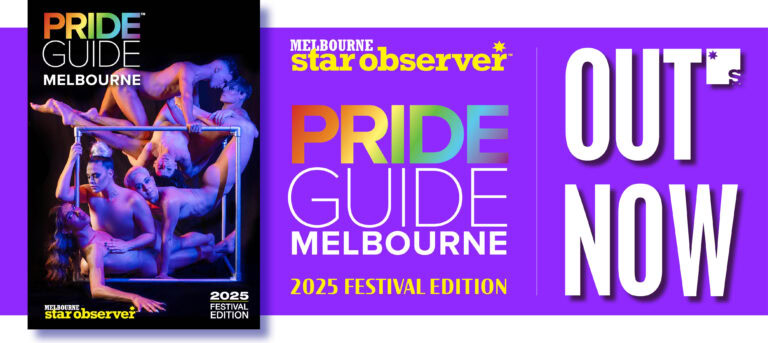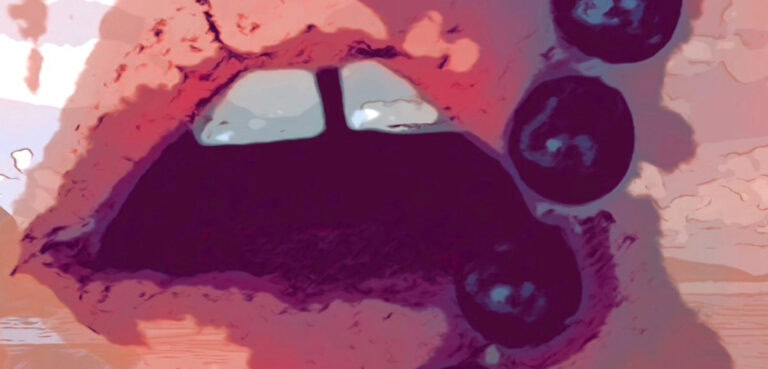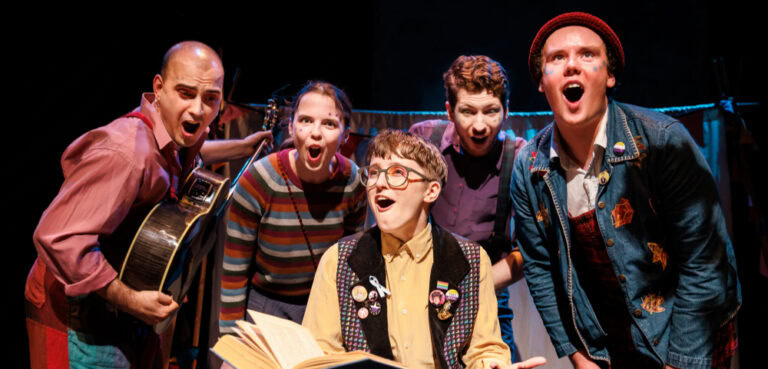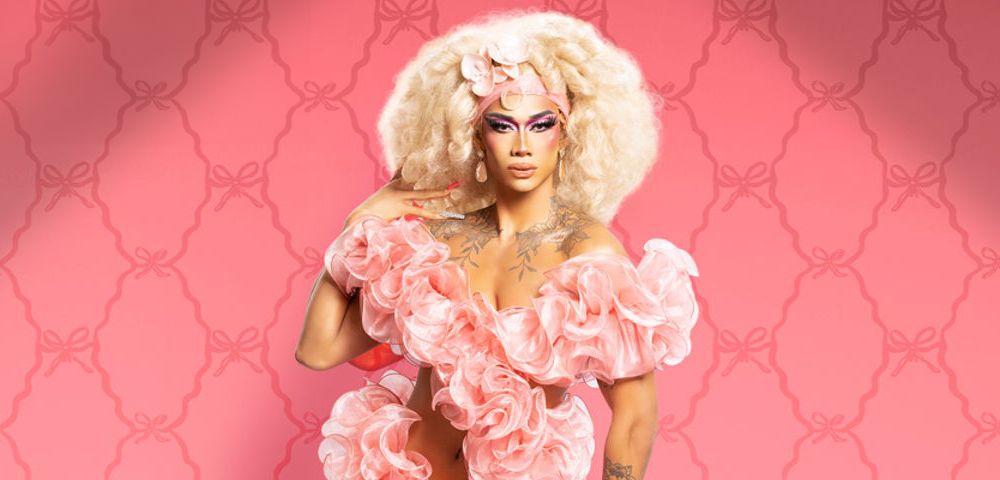
Secrets and lives
From childhood I knew art was what I wanted to do, I wanted to paint and dance and so forth and I have been doing that all my life.
My performances vary, but they’re all about story-telling. They basically relate to the painting and the artwork I do.
I have done a lot of performances, from installation work and painting, through to opera, stage work, and street performances.
Performing has taken me into places like museums, into the street and also into galleries. I have performed just about everywhere around Australia.
The most memorable experiences are usually when I perform at indigenous festivals or conferences. It’s a buzz because the majority of the audience is indigenous, and it’s kind of like you’re sharing and giving something back to them.
In my work, I like to bring forward the history side of things, the true story, that which has been ignored. I find a part of me is ignored anyway, so I have to unleash it because it’s something that’s been oppressed, and is also an oppressed part of me, of my history.
Not saying or doing something about it would be like oppressing yourself. If it is artistic, it’s good as you’re giving something to people. In that way, that history can come alive and be here and be a part of everyday life instead of a hidden taboo or unknown.
My heritage is in north Queensland and the eastern islands in the Torres Strait. But I’ve lived in Melbourne all my life, so that’s also another part of me. My identity as indigenous is very present.
I travel back to north Queensland and the Torres Strait whenever I can, but I do sometimes feel like an outsider there. Culturally, I’m accepted by the indigenous community in Melbourne. My family has adopted that part of the country and continues to live there today.
We are a strong family and have a strong identity. I guess that comes from coming from far away to another place and taking those values and cultures and stories with you and making them a part of somewhere else.
The inspiration for my current show, The Dirty Deal Ain’t Clean, comes from my own family’s experience and from stories I’ve heard through others.
One of those stories is from my mother. She was a domestic servant as a young girl. She had to work for basically nothing: cleaning and cooking and nursing and so on, for the benefit of white people who were living in her area and colonising it.
That kind of story is untold, my own mother would not even talk about it. It was too horrible to remember. Where it took her mind back to was too hard.
One of the images in my current show depicts my mother’s mission dress. The dress is one of the things that the missionaries put indigenous women in to cover them up.
Luckily none of my brothers or sisters were taken away among the Stolen Generations. But my mother grew up with that around her, from a very early age. Some of her childhood memories were of losing friends, and not knowing what happened to them.
Sexuality is also a constant in my work. It has the same power as my indigenous background. It makes me who I am and it makes my work what it is.
I have been involved a number of times in the Mardi Gras festival, Midsumma in Melbourne and other gay and lesbian festivals, doing things like dance and exhibition.
That has been a great experience. I always wanted to be a part of that sort of celebration: a celebration of our identity and our sexuality with art and performance.
Among the most memorable experiences was my White King Black Queen exhibition in Mardi Gras a few years back.
It was an exhibition involving White King bleach. I bleached fabric, and there was me as the Black Queen.
I also did a performance called White King Black Queen, which was a retelling of the history of Australia from an indigenous perspective, with a series of skits.
Luckily, my sexuality and my indigenous heritage have never clashed. I don’t give anyone that chance. It just is the way it is -“ if they don’t like it, whatever.
But I have had it better than some of my cousins from north Queensland. They’ve had to run away from up there so they could have a boyfriend or a girlfriend and live the life they want to live.
There’s always a lot of hatred and anger represented in my work, but there’s also passion and romance. You always have to try to keep your head up.
I think reacting to these stories and histories is the right way to deal with these dark themes. It’s best to at least try to understand and come to terms with something.
Interview by Ian Gould
Clinton Nain’s exhibition The Dirty Deal Ain’t Clean is on until 25 June at Sherman Galleries, 16-20 Goodhope St, Paddington. Admission is free.









